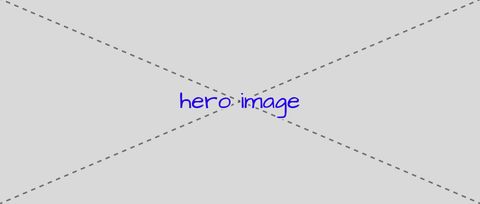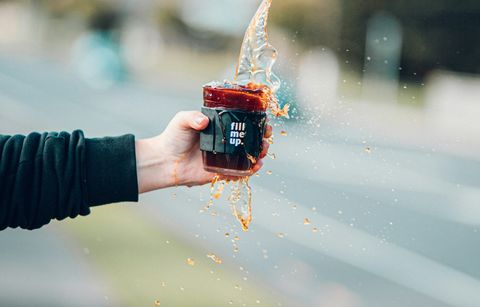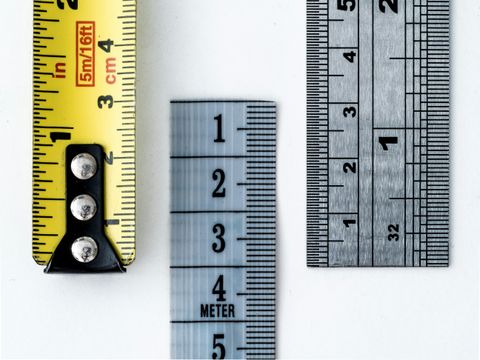Over the years, there have been a variety of methods for resolving third party
libraries in Sass. I’ve used includePaths or loadPaths, a preceding ~, or
even ../../../../node_modules/ (hoping I get the levels correct and the files
never move around).
Sass 1.71 introduces a new standard way, with pkg: URLs. More can be found on
the official blog post,
and this article shows how quick it is to set it up.
Enabling pkg: URLs in Webpack
I am currently working on a project creating components in Storybook,
using Bootstrap as a base theme. Because of some project requirements,
we’re still using Webpack with Storybook, and not the latest versions with Vite.
Luckily, this setup makes it easy to use the new pkg: URLs.
First, I needed to install the latest version of Sass, using npm install sass.
In Storybook, Webpack is configured in .storybook/main.ts. There, we need to
import the built-in Node.js package importer from sass:
import { NodePackageImporter } from 'sass';
Then, I updated the rule for sass-loader to use the new importer.
{
loader: require.resolve('sass-loader'),
options: {
implementation: require.resolve('sass'),
sourceMap: true,
sassOptions: {
pkgImporter: new NodePackageImporter(),
},
},
},
By default, sass-loader uses the Legacy Sass API, which only supports a single
importer. By adding api: 'modern', we can opt into the newer Sass API:
{
loader: require.resolve('sass-loader'),
options: {
implementation: require.resolve('sass'),
sourceMap: true,
api: 'modern',
sassOptions: {
importers: [new NodePackageImporter()],
},
},
},
Then, all that is left is updating the imported URLs in your Sass files.
Before:
@import '../../node_modules/bootstrap/scss/bootstrap';
After:
@import 'pkg:bootstrap';
Wait – what happened to the file path? The pkg: importer not only locates the
node_modules folder, it also enables some smart path resolution. The key in
this case is in Bootstrap’s package.json file:
...
"sass": "scss/bootstrap.scss",
...
The pkg: importer also understands Node.js’s Conditional
Exports, which
provide library authors a lot of control over how internal files are exposed to
users.
Enabling pkg: URLs in Vite
Vite-based projects can also easily use the Node.js package importer. Again, I
started by updating Sass using npm install sass.
This was a fairly simple Vite project, so I hadn’t created a configuration file
at vite.config.ts yet. Once I created that, I made my changes to the
css.preprocessorOptions.scss object.
Note:
Changes in the scss object only will affect .scss files. If you’re using the
indent-based .sass format instead, you’ll need to add the Node.js package
importer to css.preprocessorOptions.sass.
Vite currently only supports the legacy API, so I needed to set the
pkgImporter option.
import { NodePackageImporter } from 'sass';
import { defineConfig } from 'vite';
export default defineConfig({
css: {
preprocessorOptions: {
scss: {
pkgImporter: new NodePackageImporter(),
},
},
},
});
With that in place, I can now update my Sass import.
Before:
@use 'vuetify' with (
…
After:
@use 'pkg:vuetify' with (
…
But wait, that’s actually more characters – why would I make that change?
Before, the location of vuetify was being determined by Vite. Adding pkg:
moves that logic into Sass. This doesn’t have an immediate impact in this case,
but it does make the code more portable. My styles could be shared with someone
building with Webpack or ported to a future build tool. When more Package
importers become available, this could even be used outside a Node.js module.
Taking Advantage of Simplified Imports
Updating your Sass to use pkg: URLs is a fairly straightforward quality of
life improvement. I’m looking forward to seeing what can be achieved as more
tools take advantage of the standardized syntax.



